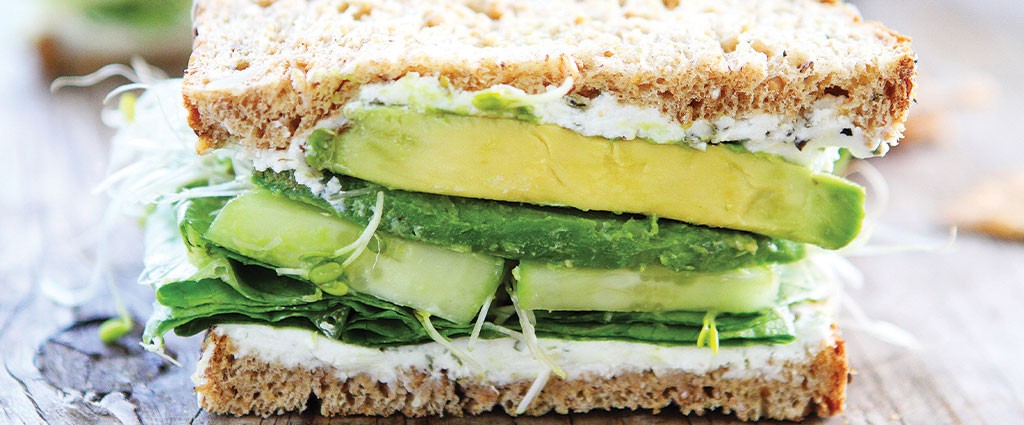What to Look for in Gluten-Free Bread
Looking for good gluten-free bread? Find out what ingredients to look for when you shop.
BY VICKI MARTINEZ
Once upon a time, eating a gluten-free diet seemed restrictive, lacking tasty options. But now, choices abound and are no longer confined to the frozen food aisles of your grocery store. Gluten-free foods are more common, and bakeries are more creative than ever, combining different ingredients to create delicious gluten-free breads.
When checking labels, here are the good gluten-free ingredients to be on the lookout for and some to avoid.
Naturally Gluten-Free Grains
Gluten is a protein found in wheat, barley and rye. To avoid gluten, look for any of these whole grains on the ingredients label:
- Amaranth
- Arrowroot
- Brown rice
- Buckwheat
- Millet
- Quinoa
- Sorghum
- Tapioca
- Teff
- Wild rice
Oats are also naturally gluten-free but may pick up trace amounts of gluten during harvesting or processing. Check the label to make sure oats are labeled as certified gluten-free.
Other Common GF Bread Ingredients
Additional healthy options commonly used to make gluten-free bread:
- Chia
- Chickpeas
- Coconut
- Corn flour and cornmeal
- Flax
- Lentils
- Nut flours
- Potato flour
The “Certified” Label
The FDA requires that any manufacturer who displays the certified gluten-free seal on a product's label must contain no more than 20 parts per million of gluten. This level ensures food is safe to eat for anyone with celiac disease or gluten sensitivity. The best way to ensure the labeling is trustworthy is to check that the product was certified by a third-party organization such as NSF International, the Allergen Control Group or the Gluten-Free Certification Organization (GFCO).









Share this Post